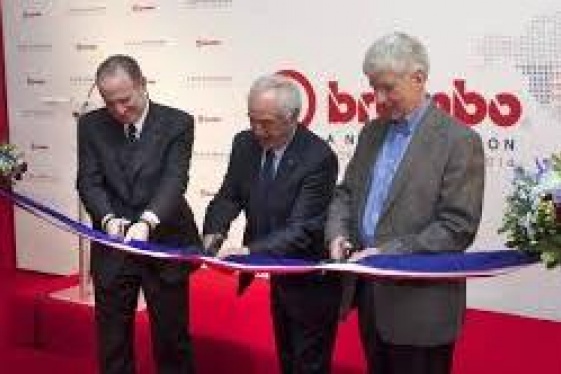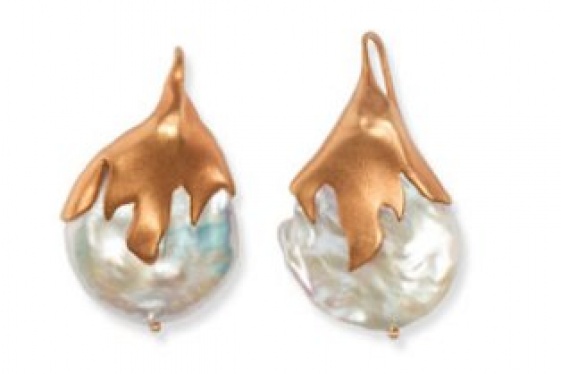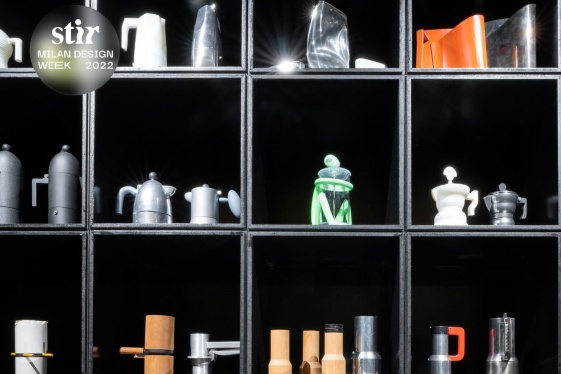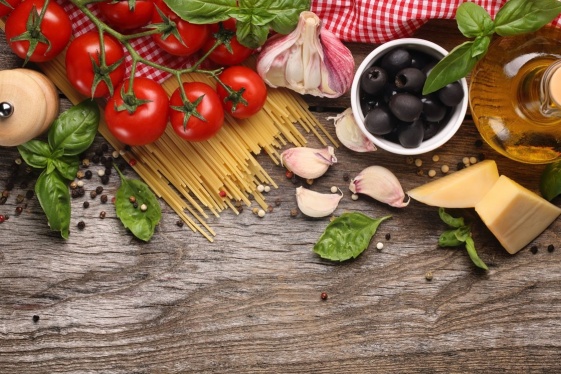

Tuscan companies are responding to the potential tariff threats from the United States by seeking new customers in other markets. They are considering opening new commercial and production branches in the U.S., demonstrating a "strong reactivity." Currently, there are significant risks due to the highly complex environment in which Italian businesses are competing.
The tariffs announced by the U.S. on April 2nd will influence the evolution of exports. If the European Union's response is to increase tariffs on goods imported from the U.S., European inflation could be affected, which would dampen domestic demand, the bank explains.
But what are the markets where Italian companies could diversify their sales? The Middle East ranks first as the market with the highest potential for Italian exports, thanks to good growth prospects and affluent consumers. India follows, with its dynamic demand growth and market expansion. North Africa is also significant, offering strong growth prospects and low competition, ahead of South America and Europe.
Tuscan companies have the potential to seize these opportunities. Intesa Sanpaolo notes that in 2024, Tuscany was the region with the best performance in foreign markets, recording an export growth of 13.6%, equating to 7.6 billion euros in additional foreign sales. This growth was driven by the pharmaceutical and jewelry sectors. Local companies have previously shown their ability to capitalize on opportunities in new markets. In 2024, the top 15 markets for Tuscan export growth included Turkey, Singapore, Saudi Arabia, Vietnam, the UAE, and Morocco.
However, relocating manufacturing, or part of it, to the other side of the Atlantic is more complex. This process requires several years and does not suit all the typical productions of Tuscany’s industrial fabric. Two examples illustrate this. On one hand, the Italian company Sofidel recently acquired the tissue division of Clearwater Paper Corporation for one billion euros, with an annual production capacity of 340,000 tons across four plants in the U.S. This acquisition, along with other investments, positions Sofidel to surpass 4 billion euros in revenue by 2025.
On the other hand, luxury giant LVMH faced challenges when it opened a factory in Texas in 2019 under the Trump administration to produce high-end bags. The Texas facility turned out to be one of the least performing globally for Louis Vuitton due to persistent operational issues. Difficulty finding skilled artisans led to manufacturing defects and compromised product quality, resulting in many bags being destroyed. Additionally, the leather rejection rate was twice the average, and employee turnover was high due to the pressure to meet production targets and quality standards. Despite receiving a 75% tax discount over ten years, LVMH’s promise of 1,000 jobs in Texas now employs fewer than 300 workers.
Shifting factories is not a simple task. Generations of craftsmanship cannot be recreated overnight—transitioning from Scandicci to Dallas is a long journey.
You may be interested
-
Italian auto supplier Brembo to build new U....
Italian brakes maker Brembo will build a new foundry in Michigan to expand its manufacturi...
-
L'Arte del Gioiello Italiano - Lecture and T...
How has Italy influenced the world of Jewelry? Join us for a special lecture on the a...
-
Lecture and Concert that bring Italy to New...
Saturday, february 28 - 7 pm ESTChrist & Saint Stephen's Church - 120 W 69th St,...
-
'A small New York': Palm Beach to become home...
Miami-born and Italy-raised, jewelry designer and accomplished equestrian Lucrezia Buccell...
-
'Alessi 100-001' celebrates 100 years of Ales...
Iconic Italian design brand Alessi is celebrating its centennial with an exhibition titled...
-
'Be Italian' fa viaggiare l'America nell'Ital...
Conto alla rovescia per Be Italian, il nuovo salone organizzato da Lombardia Fiere dedicat...
-
'Buongiorno Papà' vince Nice Festival Usa
'Buongiorno papà' di Edoardo Leo, film sui quarantenni single in Italia, interpretato da R...
-
'Call Me By Your Name' director Luca Guadagni...
Filmmaker Luca Guadagnino revealed in a recent interview that he has no immediate plans to...










